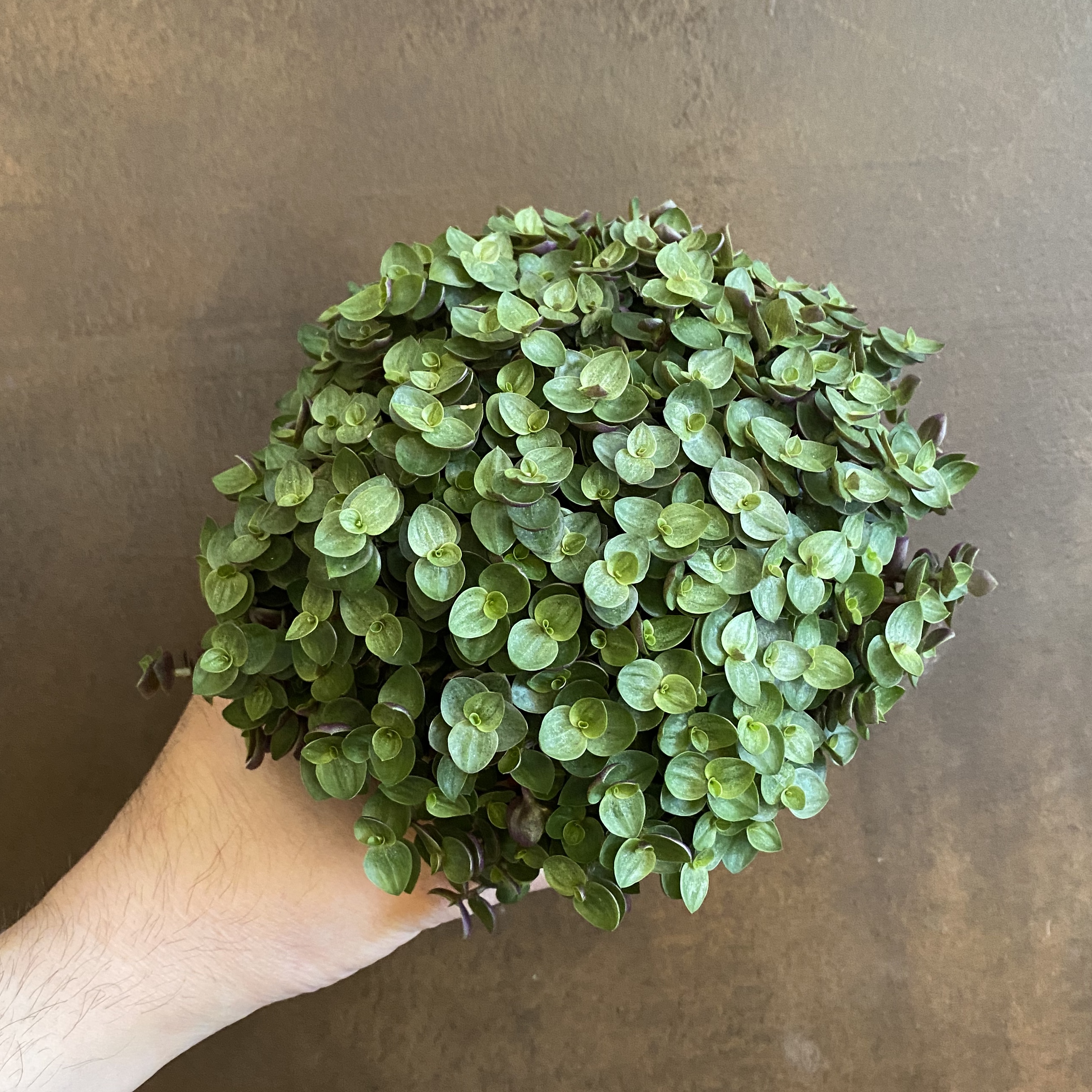
Callisia repens grow urban.
How to Grow Callisia repens (Turtle Vine) - The Essentials About Callisia repens (Turtle Vine) Plant Family, Genus, and Species Origins and History General Botanical Characteristics Popular Houseplant Varieties Uses & Benefits Toxicity How Long Does Callisia repens Live? How to Grow Callisia repens (Turtle Vine) at Home Growth Expectations
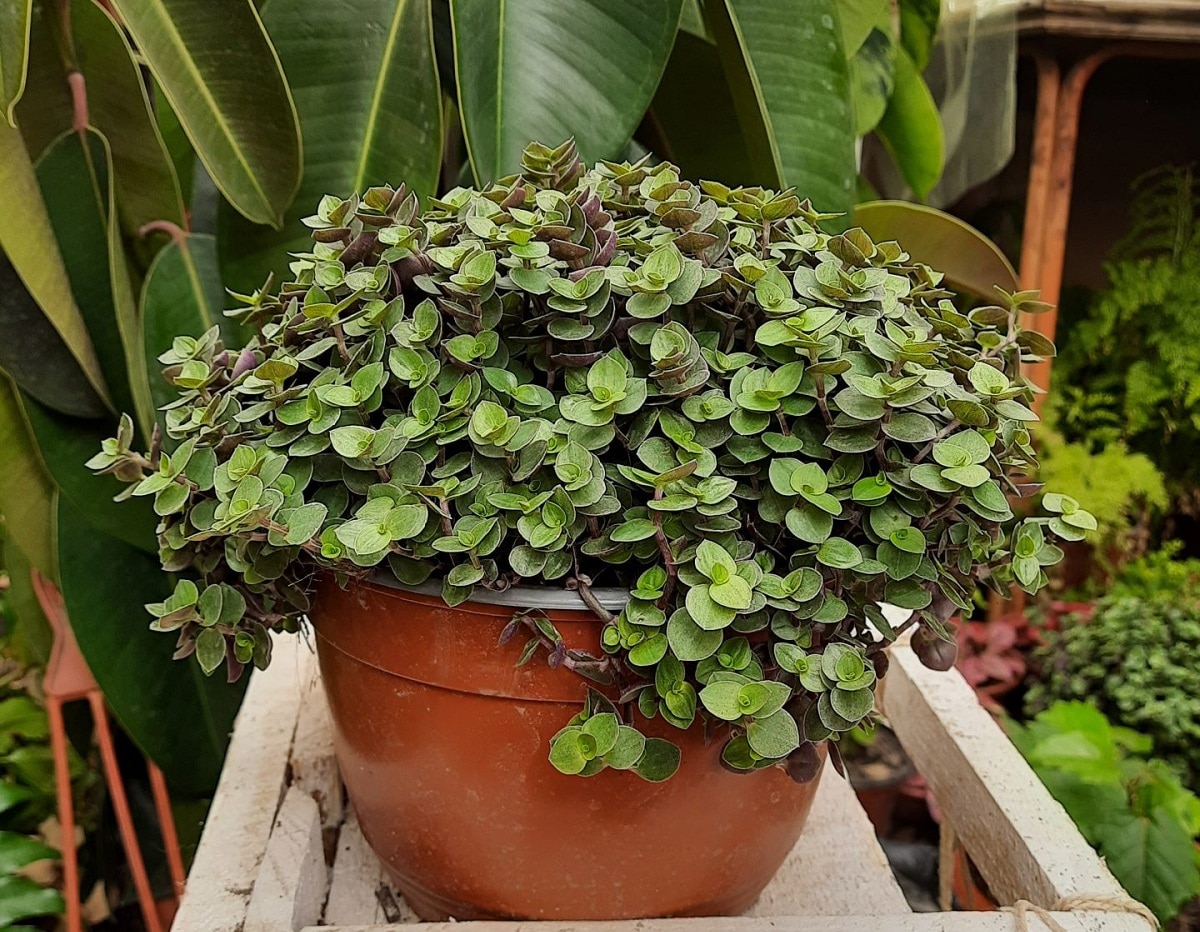
Callisia repens (Creeping Inch Plant) Growth And Care Guide
Conclusion Callisia Repens Plant Care The succulent likes well-draining soil hence add perlite to improve drainage. Water the plant only when the top inch feels dry and place it 6 feet (1.8 meters) away from the window. Maintain temperature between 59 to 86 degrees Fahrenheit (15-30 degrees Celsius) with 40-50 %humidity level. Soil

Callisia Repens (Turtle Vine) Tropicals/Houseplants › Anything Grows
Callisia repens Bianca enjoys a trim figure and doesn't need frequent feedings. However, the Bianca variety does need fertilizer every so often. A plant you just bought at a garden center won't need fertilizer for the first year. However, you'll want to start monthly feedings between March and October when the plant is actively growing.

Callisia repens variegata Cuttings House plants, Hanging plants, Plants
Plant Care Light: Bright, indirect light Watering: Medium to high Temperature: 10 to 15 °C (50 to 59 °F) USDA Zone: 10a to 11b Air humidity: Average humidity Soil pH: acidic (5 to 6 pH) Fertilizing: Apply liquid fertilizer every 10 to 14 days during summer Propagation: Stem cuttings, seeds Re-Potting: Every year Pruning: Pinching off of stem tips

Callisia repens
The Callisia repens is a forgiving houseplant and a nice option for first-time succulent owners. Even though the succulent is native to tropical regions, it's possible to grow this plant virtually anywhere as a houseplant. If you want to grow the Callisia repens outside, you'll need to live in USDA hardiness zones 10 or 11. Callisia Repens Care

Turtle Vine (Callisia repens)
HOW TO CARE FOR CALLISIA REPENS Soil requirements Water requirements Potting requirements Fertilizer requirements Light requirements Humidity and temperature Requirements Pruning requirements PROPAGATION OF CALLISIA REPENS By Stem Cutting method: By using Offsets: By Division method: By seed sowing: By Layering: Through Leaf Cuttings:
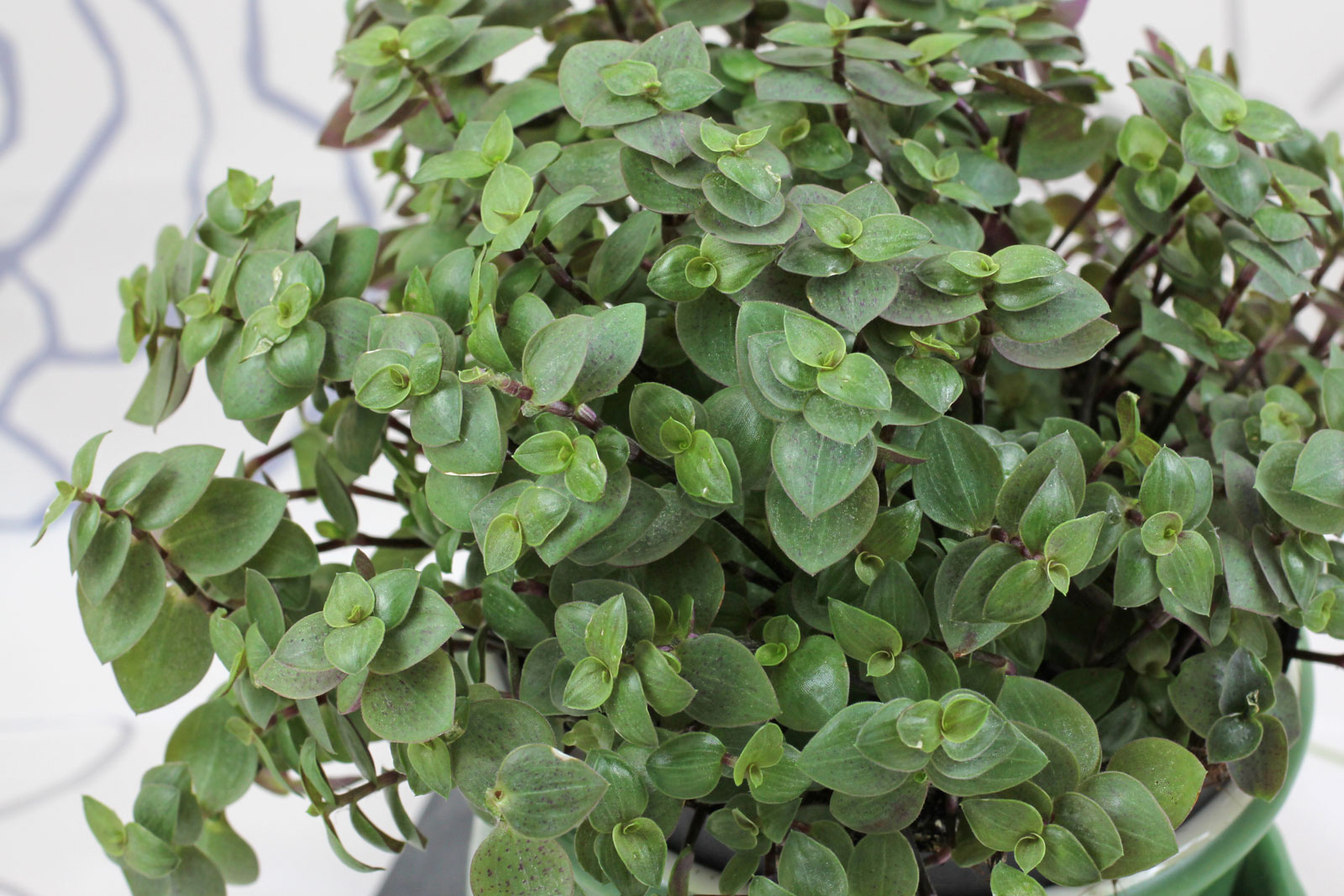
Callisia repens
The callisia repens features low-growing waxy leaves with a faint shimmer — some varieties will even have splashes of pink and purple! The underside of this particular turtle vine is a deep purple shade, just like the tradescantia zebrina plant. The obvious difference between the callisia and the tradescantia is the size — tradescantia.

Callisia Repens 2 Plant Etsy
The Callisia repens Pink Panther can get a little annoyed if you put it in a dark place or blast it with sunlight. Place it in a bright spot in your home, a few feet away from the window. An hour of the sun should help you maintain the plant's color. The Callisia enjoys a healthy watering once every 7 to 10 days.

Plant Care Guide Callisia Repens
Callisia Repens, commonly known as the 'bubbles plant' is a trailing houseplant, with small, glossy heart shaped foliage that cascades over the edge of the pot. It can also be trimmed to maintain a more round and compact shape. and is the perfect plant for a bedside table, bookshelf or hanging pot.

Callisia repens Green Thumb, Apple, Fruit, Apple Fruit, Apples
Callisia repens, also known as Turtle Vine, Creeping Inch Plant or Bolivian Jew, is a fantastic succulent that is a creeper from the family Commelinaceae. This plant species is native to South and Central America and is known for its contrasting and variegated tiny foliage. It looks incredible in hanging pots and is worth having as a houseplant.
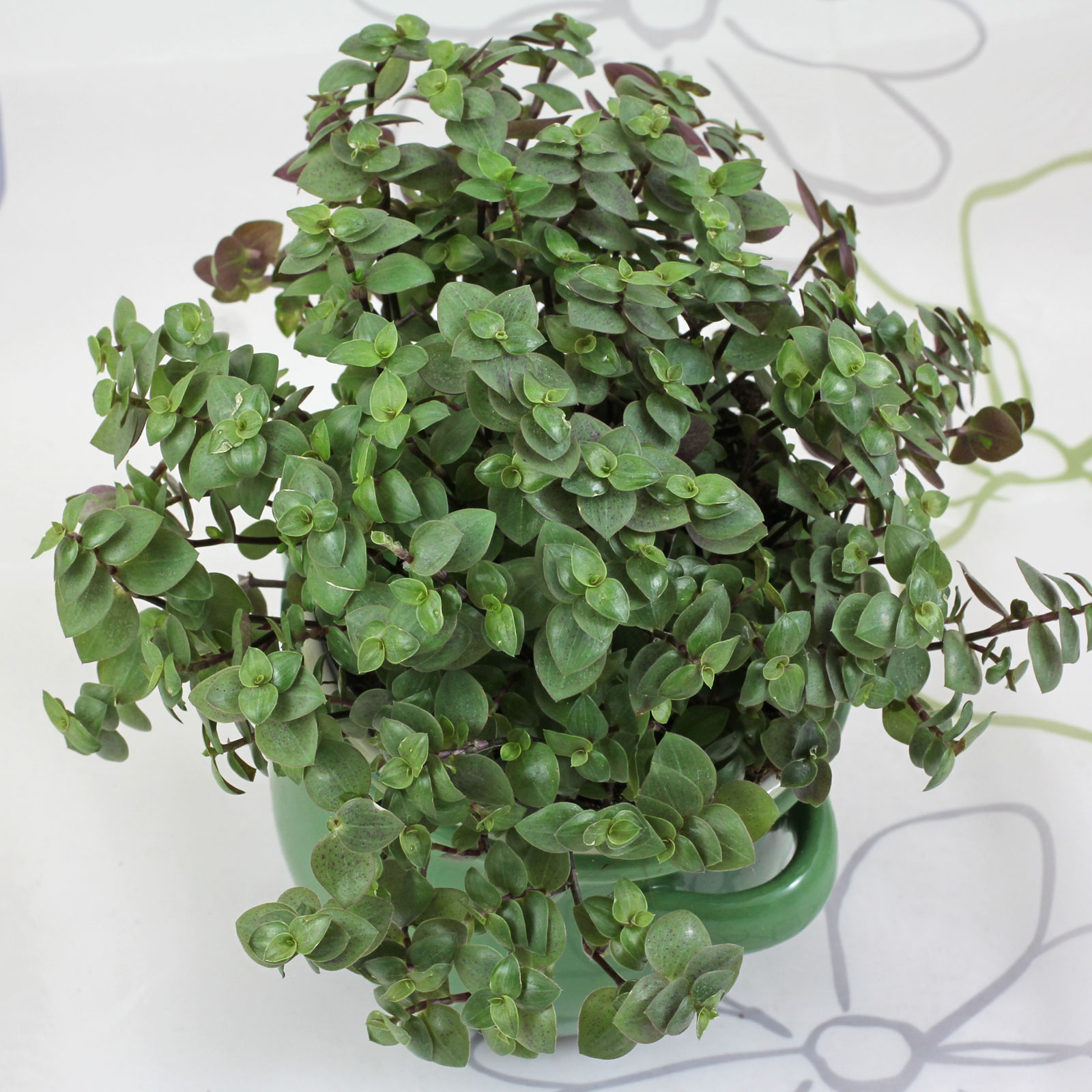
Callisia repens
Identify a 2-inch section of stem you wish to remove. Make a clean cut with garden pruners or a knife. Remove the bottom inch of the leaves to allow for proper root development. Place the bare end into the soil and lightly pack the soil around the stem. Moisten the soil lightly and place it in a warm location.
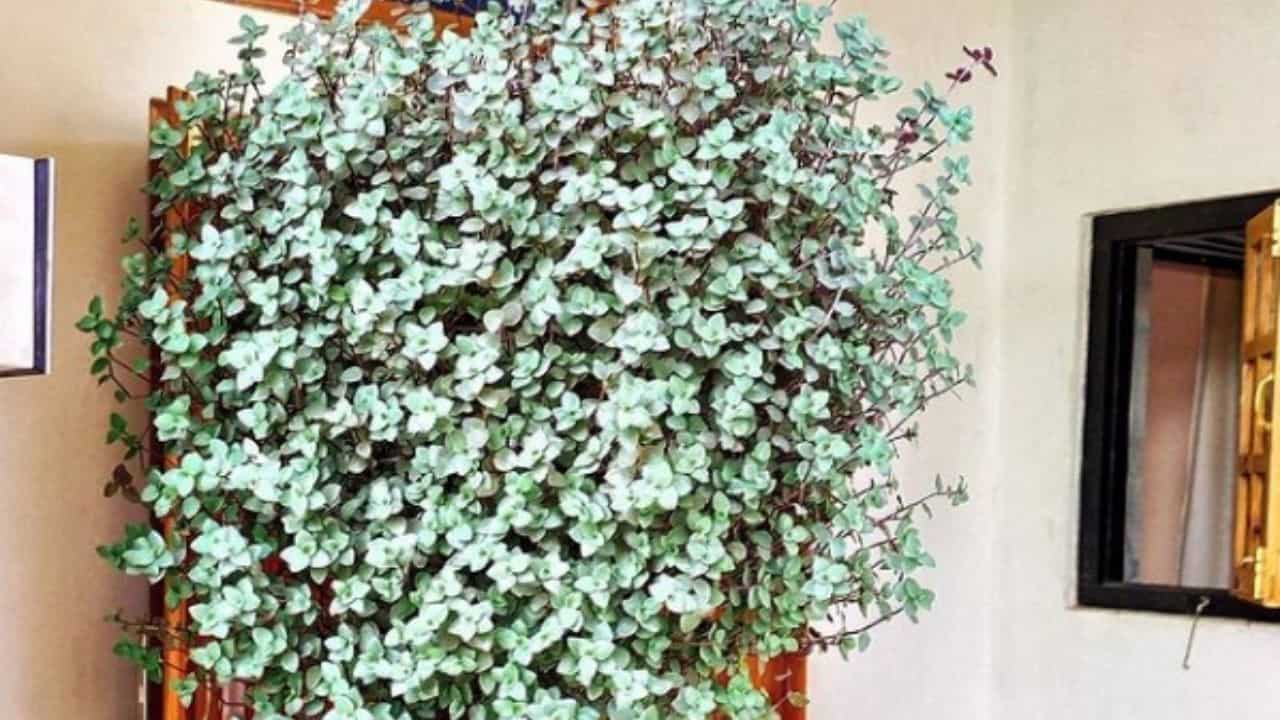
Callisia Repens Plant Care — MustHave Gardener's Guide
Soil Soil is going to be the foundation of callisia repens care. Soil should be moist with a neutral pH. It needs to have plenty of organic material in it as callisia prefer soil that is high in humus and low in nutrients. This type of environment will promote healthy growth for callisia plants, and give them the best chance for surviving.
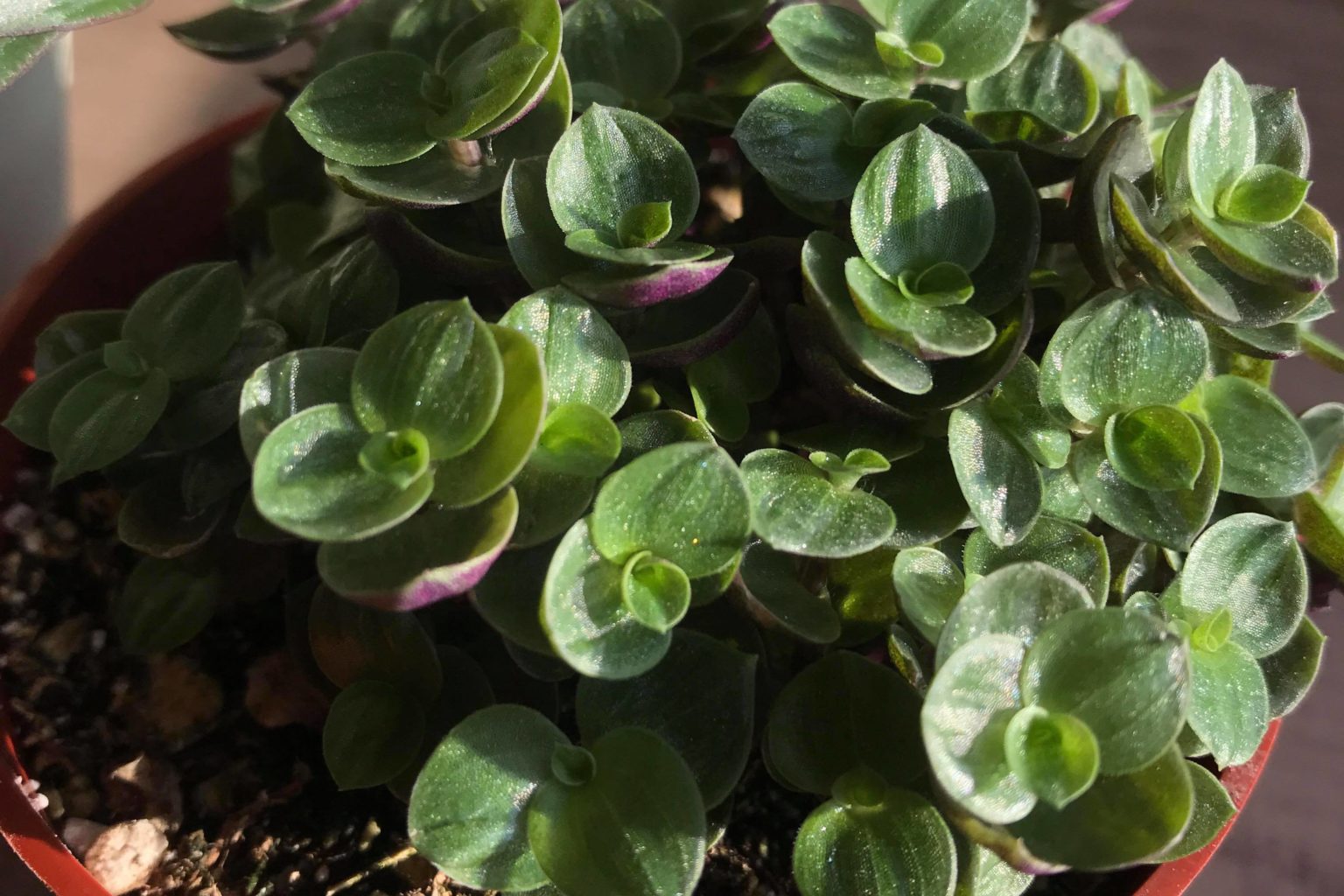
Plant Care Guide Callisia Repens
The Callisia Repens plant is a trailing plant with an overall height of between 4" and 12" inches and long, creeping low growing stems which stretch up to 2' feet. The stems have frequent branching from which small roots grow. Its small, alternating leaves are densely packed, shrinking in size the further out from the plant's core they.

Entretien callisia repens variegata — Mon Petit Jardin
Quick Facts: Prefers full sun Can be grown outdoor Does not handle cold well Grows 10 cm (4″) tall Can die easily if overwatered see: How to Water Succulent Plants Prefers Zone 10a-11b -1.1°C (30°F) Best propagated by cuttings, offsets or seeds Flowers are green, pink or creamy Picture via groovyplantsranch.com Where to Plant

Callisia repens grow urban.
Callisia repens, commonly referred to as the turtle vine, is a hardy, trailing succulent plant. If you're new to caring for houseplants or just want something a bit more low maintenance than some of the finicky fodder out there, the turtle vine is an excellent choice. It's perfect for hanging baskets or windowsill planters offering room for.
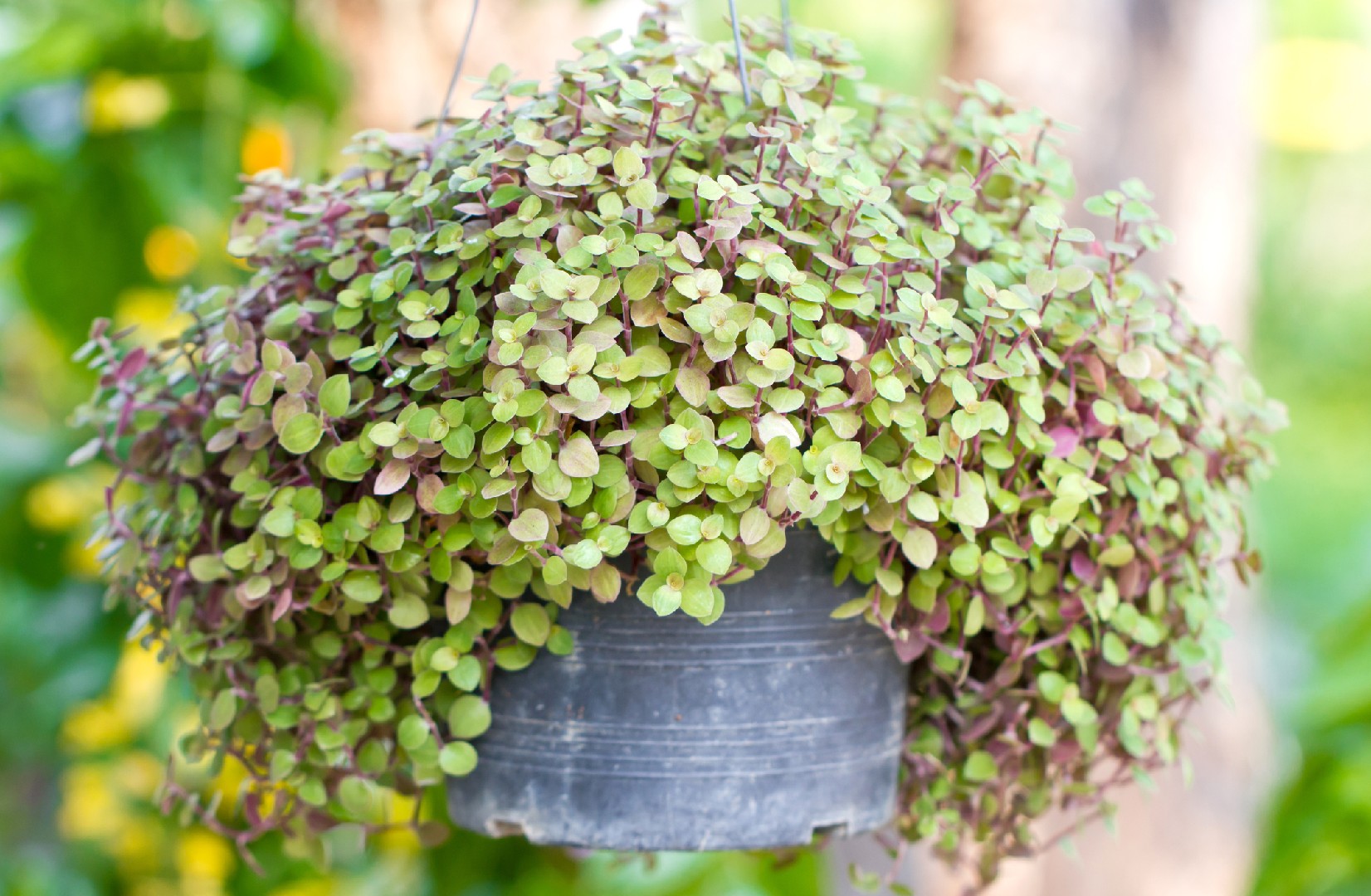
Callisia repens 'Gold' PictureThis
0.8 cups. every 9 days. Callisia Pink Panther needs 0.8 cups of water every 9 days when it doesn't get direct sunlight and is potted in a 5.0" pot. Use our water calculator to personalize watering recommendations to your environment or download Greg for more advanced recommendations for all of your plants. Water 0.8 cups every.